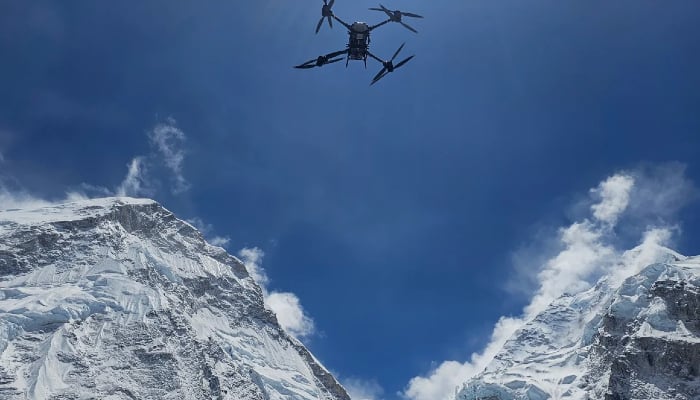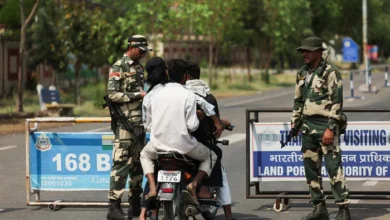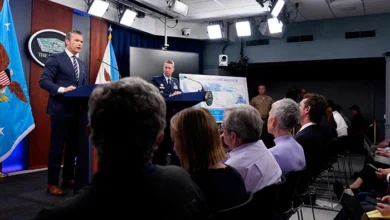Milan Pandey is sitting back down at Everest Base Camp, looking out over views that few have ever seen — and he got there without having to pull on a crampon or wield an ice ax. He is a drone pilot, and his work may change things on the world’s highest mountain forever.
The ladders, ropes and oxygen cylinders that Pandey can transport via drone to aid the Sherpas or “icefall doctors” at Khumbu Icefall, a glacier located between Base Camp and Camp One, could likely save lives on the mountain.
Specialist Sherpas who hail from the nearby hills and mountains have been navigating and setting the trail for climbers on Everest for seven decades.
Dozens have lost their lives in the process. Pandey, of Airlift Technology, a local drone-mapping start-up, believes that with his technical expertise in using drones combined with the Sherpas’ decades of mountaineering knowledge, they can make it safer to be on the roof of the world.
Base Camp is located at a height of about 5,364 meters (17,598 ft) above sea level and Camp One at 6,065 meters (19,900 feet).
The aerial distance between the two points is roughly 1.8 miles. It takes Sherpas six to seven hours to make this journey, but it takes a drone about six to seven minutes.







